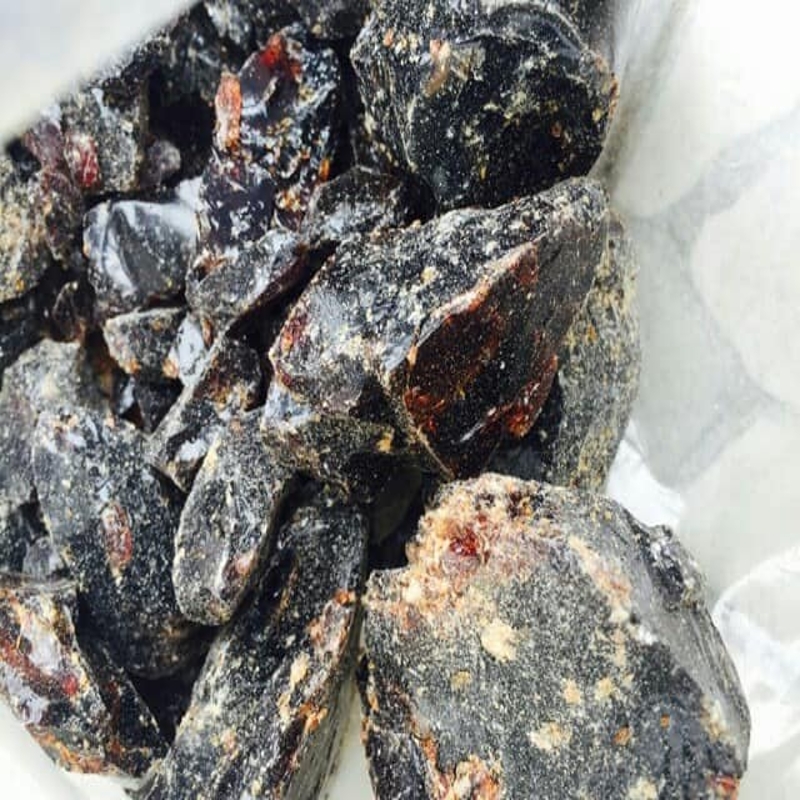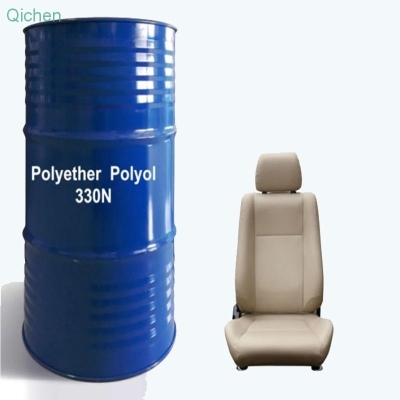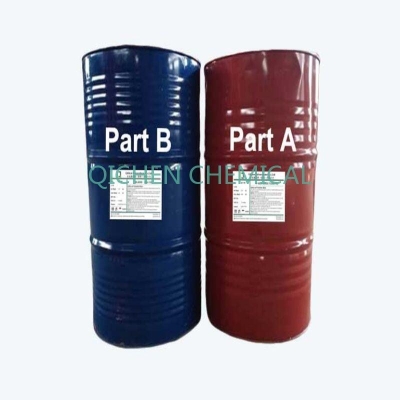-
Categories
-
Pharmaceutical Intermediates
-
Active Pharmaceutical Ingredients
-
Food Additives
- Industrial Coatings
- Agrochemicals
- Dyes and Pigments
- Surfactant
- Flavors and Fragrances
- Chemical Reagents
- Catalyst and Auxiliary
- Natural Products
- Inorganic Chemistry
-
Organic Chemistry
-
Biochemical Engineering
- Analytical Chemistry
-
Cosmetic Ingredient
- Water Treatment Chemical
-
Pharmaceutical Intermediates
Promotion
ECHEMI Mall
Wholesale
Weekly Price
Exhibition
News
-
Trade Service
A new type of anti-implantable foreign body reaction material was successfully developed
Recently, based on biomimetic design, Professor Liu Runhui's research group of Professor Liu Runhui of East China University of Science and Technology has developed a new anti-implantable foreign matter reaction polymer material with simple structure, high water solubility and easy to prepare in large quantities - polyDL-serine (PSer).
Based on the biomimetic design, the research team combined the high content of L-serine in sericin and D-serine, which is an important neurotransmitter in the human body, to discover a new generation of anti-foreign body reaction material PSer
.
PSer hydrogel does not cause a significant inflammatory response after implantation in mice and is able to resist fibrocyst encapsulation for at least 7 months, which is superior to the polyethylene glycol implantation control group
currently widely used in biomaterials.
Studies at the protein level and gene level revealed that the reason for the low foreign body reaction of PSer hydrogel is that it does not cause overexpression
of cytokines and pro-inflammatory genes in surrounding tissues.
This kind of new polymer material with good biological safety, easy synthesis and mass preparation, and excellent anti-foreign body reaction has broad application prospects in implanted biomaterials and devices, drug delivery and other related fields, which brings new ideas
for solving the foreign body reaction of implant materials that is common in clinical practice.







